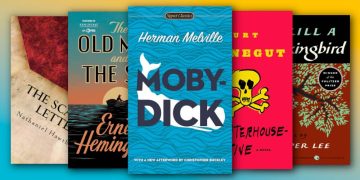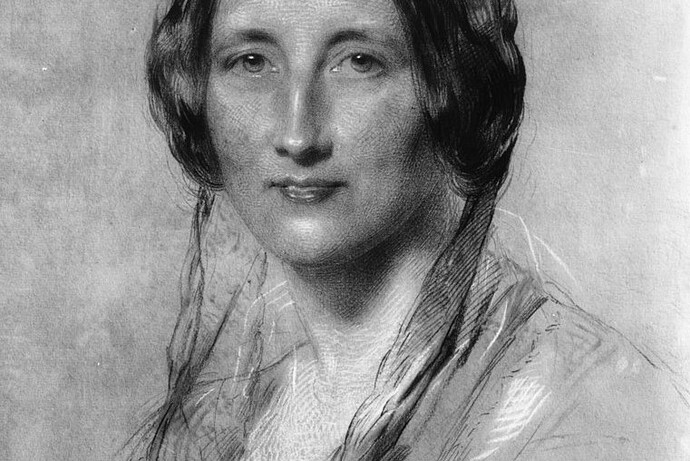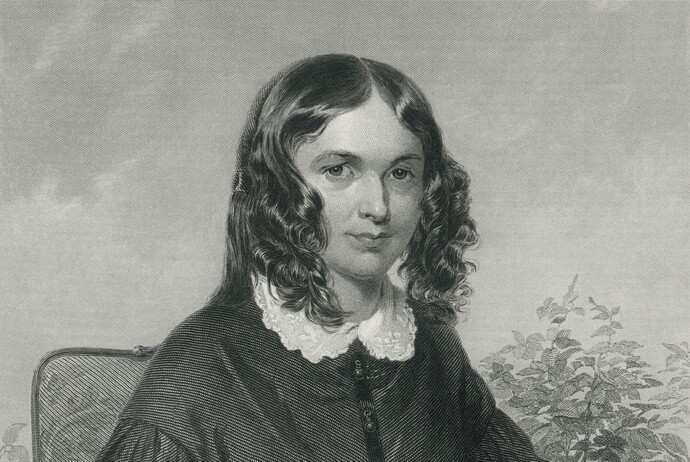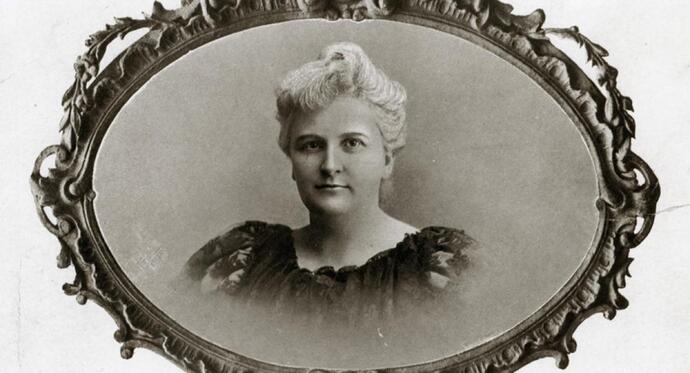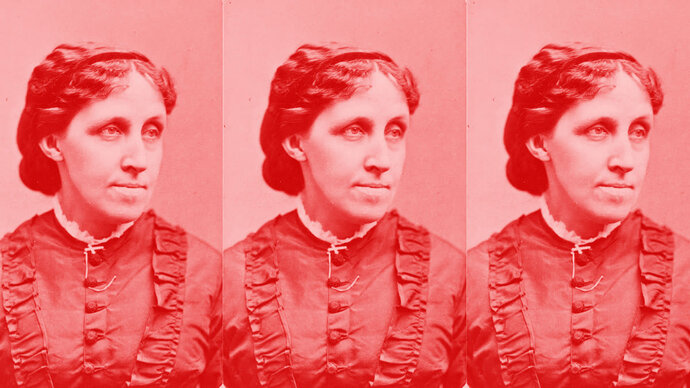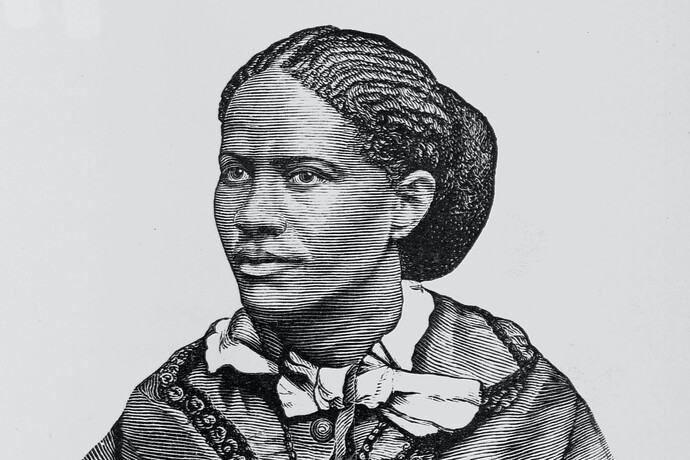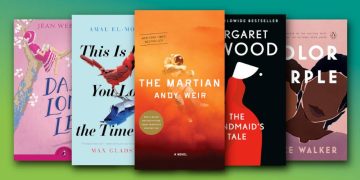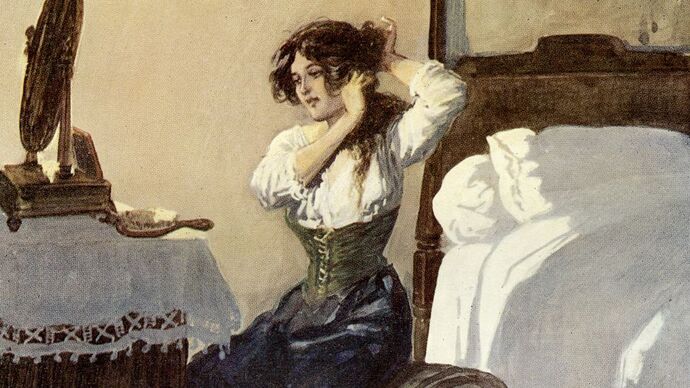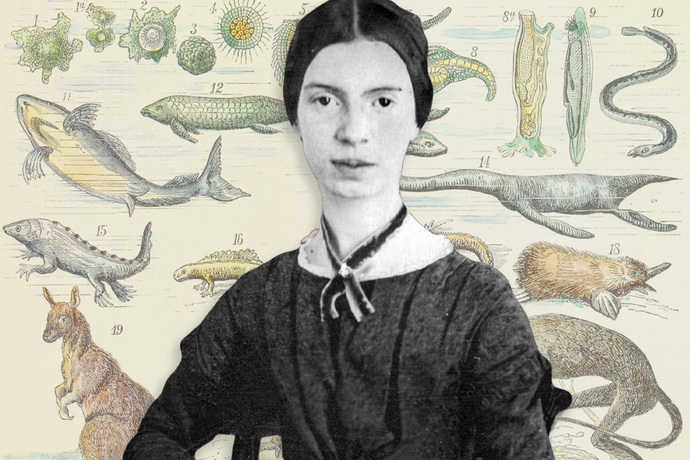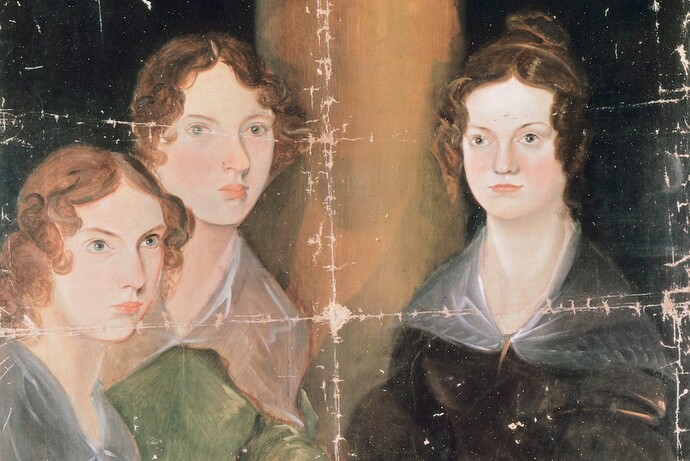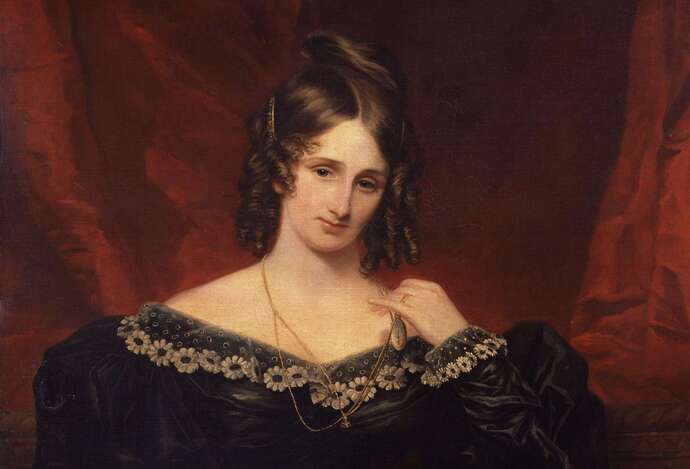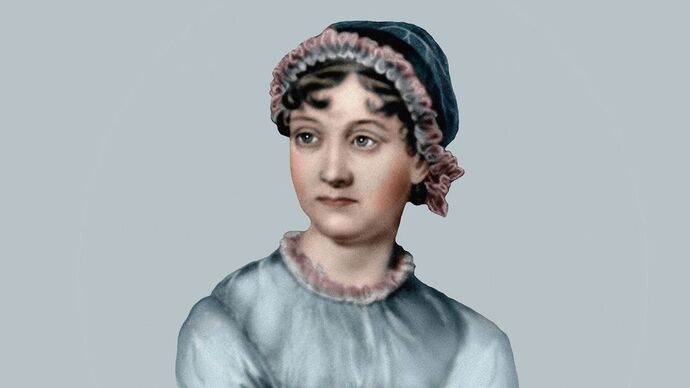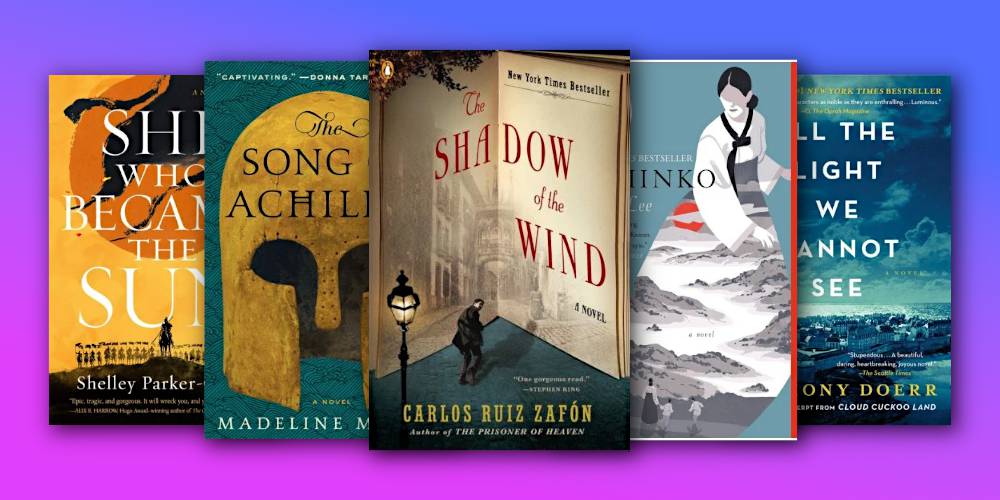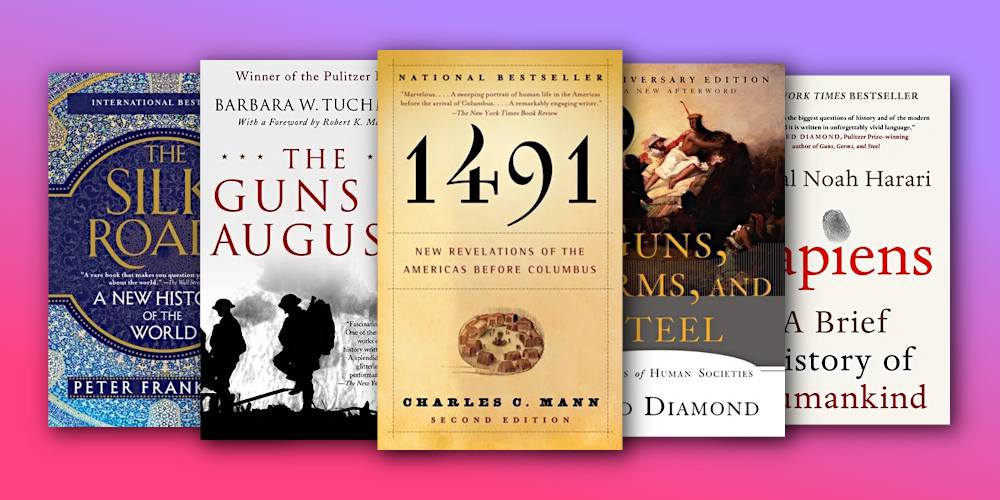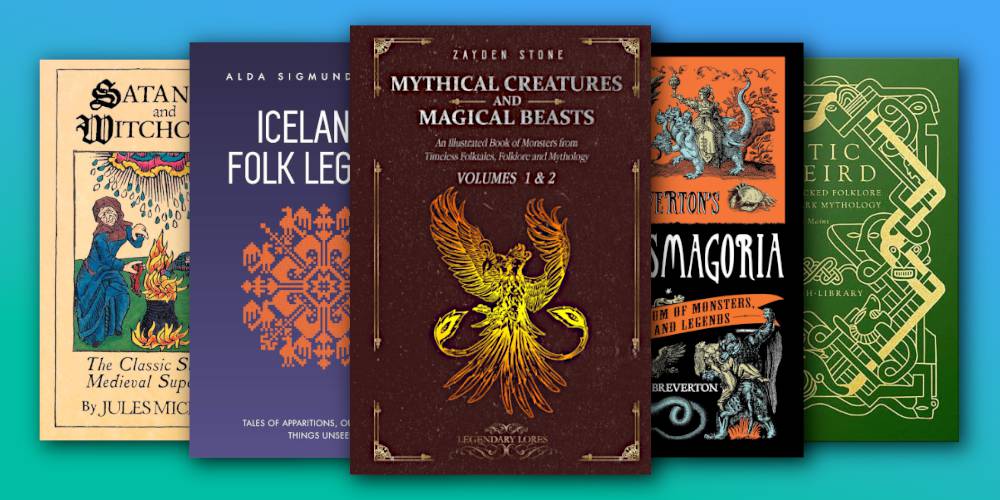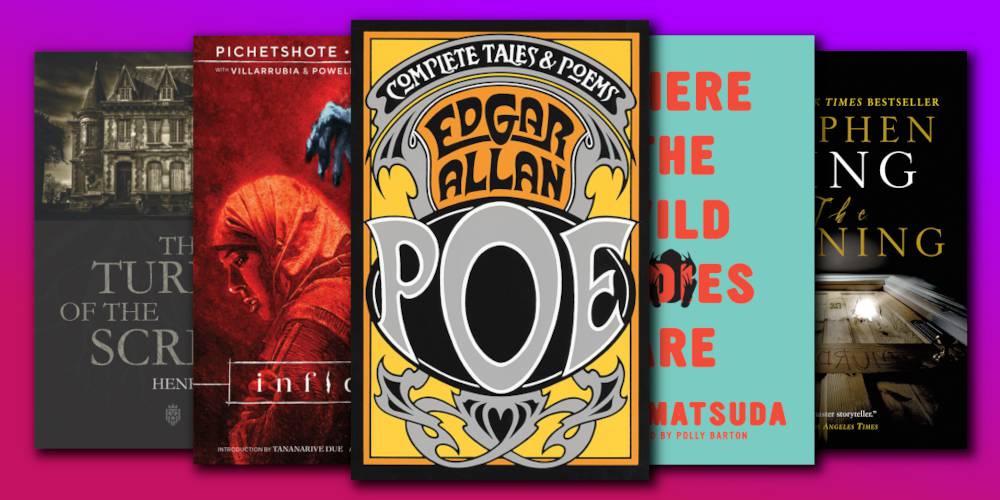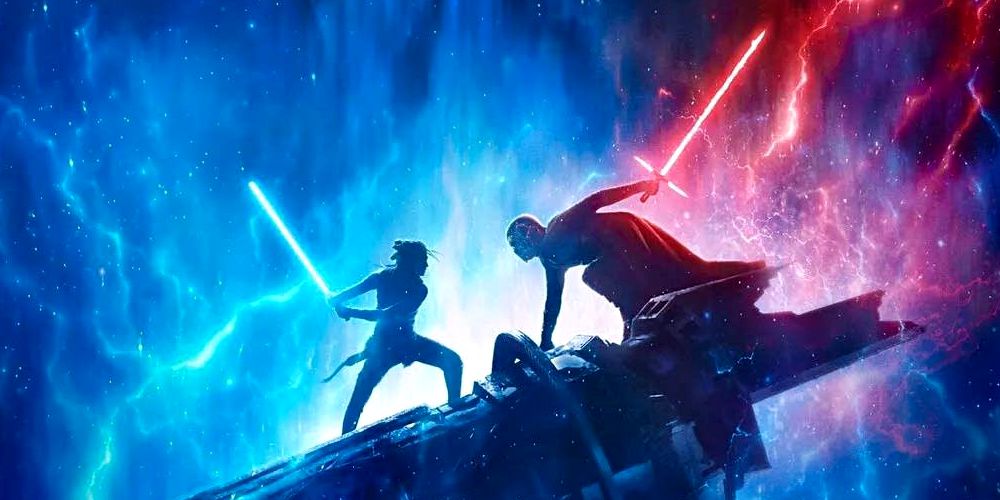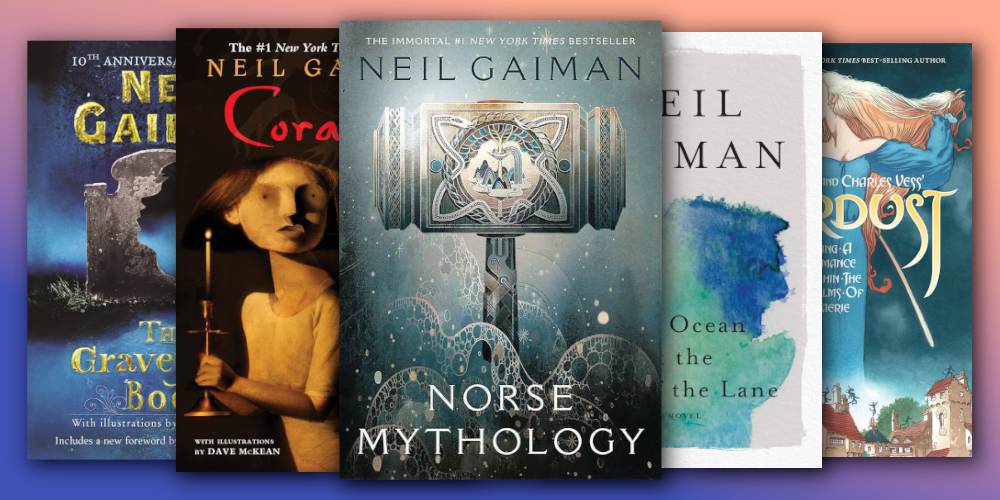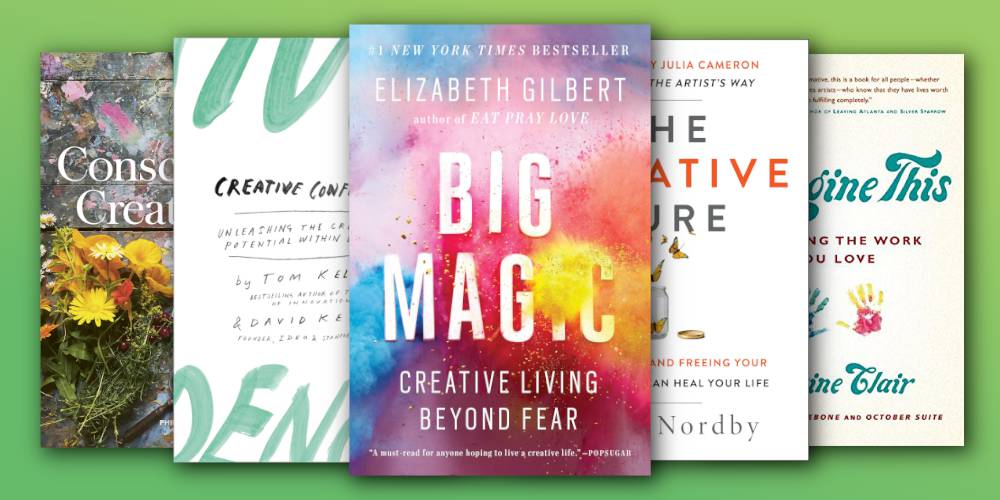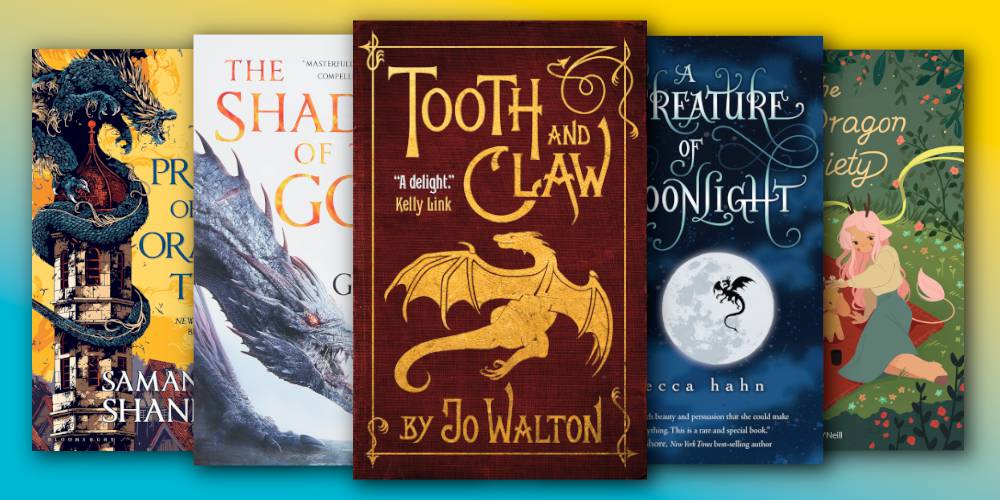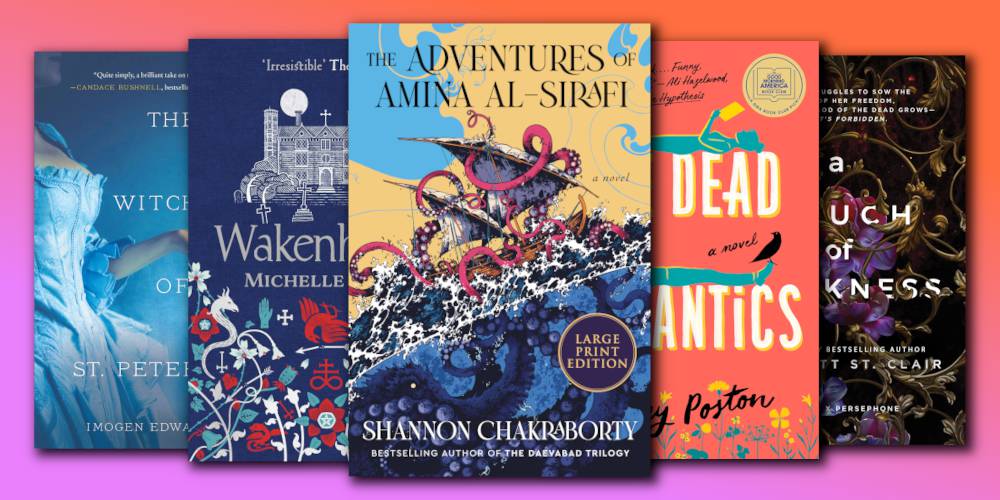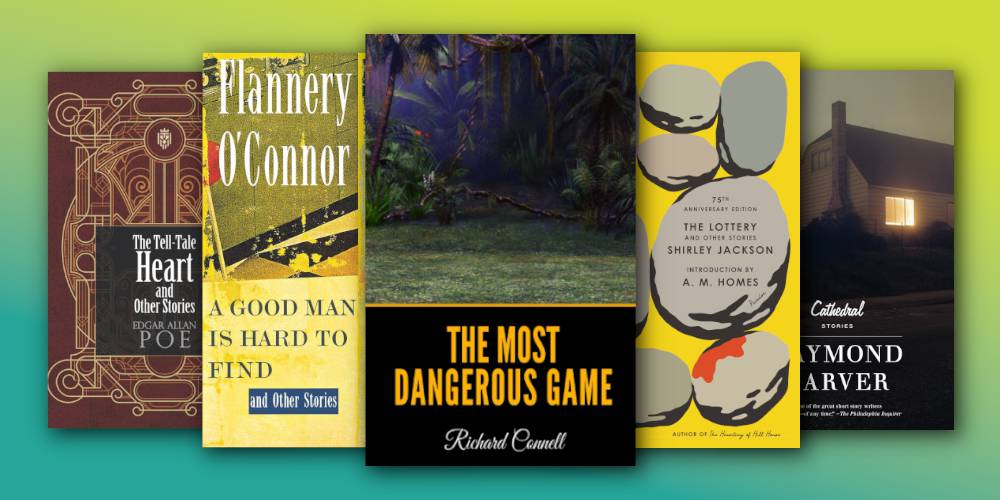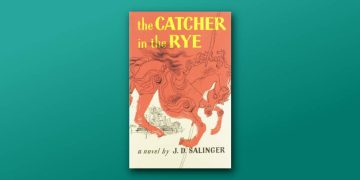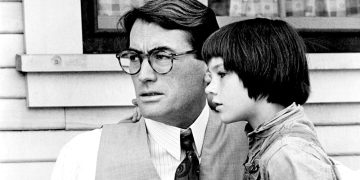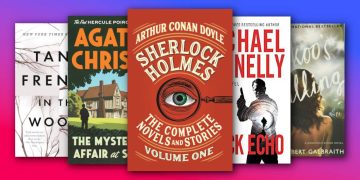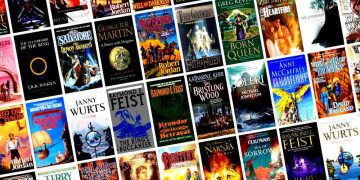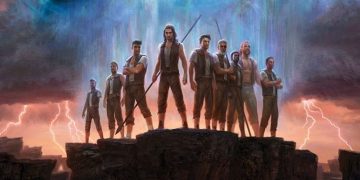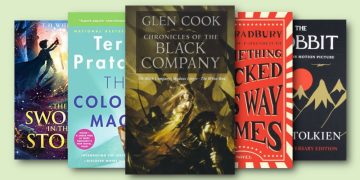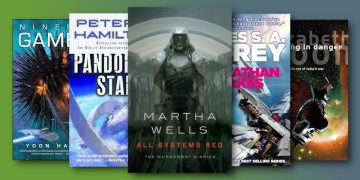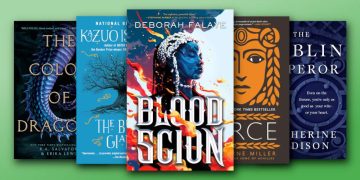10. Elizabeth Gaskell (1810–1865)
Interestingly,Elizabeth Gaskellwrote the very first biography of Charlotte Brontë (1857), who also appears later on this list. Talk about a small world!
A lot of Gaskell’s nonfiction work was used by historians to study the Victorian era, especially her detailed descriptions of the poverty class, who weren’t usually focused on (except by Charles Dickens).
But all of that isn’t why Gaskell is on our list. We picked the English novelist for her 1854 social novelNorth and South, which Charles Dickens himself picked out when he published it for her!
The British media have been all over it since, with three adaptations and a spin-off so far. Just don’t get it confused with the ABC miniseries (1985–1994) of the same title and time setting!
9. Elizabeth Barrett Browning (1806–1861)
You probably haven’t heard ofElizabeth Barrett Browning, but you’ve definitely heard of Edgar Allan Poe or Emily Dickinson! Browning was the poet who inspired those big names, having written sonnets that would have Shakespeare shaking in his boots.
Epic poetry, novels, and love ballads make up her two-volume-thick 1844 collection calledPoems, written despite her chronic health problems.
Browning started writing poetry at just 11 years old, which her mother hoarded (luckily for us) into the biggest collection of juvenilia in English history. On top of her swooning sonnets and secret marriage, Browning was also an advocate against slavery and child labor.
8. Kate Chopin (1850–1904)
In retrospect, if critics of the 1890s labeled something as “immoral,” that was a pretty good sign that it was a great book.
Catholics of the American South haven’t exactly been tolerant throughout history, but Kate Chopin showed them what feminism was all about.
Most of Chopin’s canon is made up of short stories, being one of the few writers from the Louisiana Creole heritage. She did write two novels, though, including the famous feminist milestoneThe Awakening.
Set in the South,The Awakeningexplores then-unorthodox ideas of what it meant to be a woman (i.e. femininity and motherhood).
A stepping stone between the likes of William Wordsworth and Ernest Hemingway, Chopin embraced and propelled modernism—much to the dismay of Southern readers and critics.
7. Louisa May Alcott (1832–1888)
When women did write in the 19th century, they were expected to produce domesticated stories about romance and nature. So, whenLouisa May Alcottpublished her vengeful sensation fiction, she had to use the penname A. M. Barnard.
Later, her more family-friendly, transcendental novels bore her real name. Among them is the notably famousLittle Women.
Little Womenhas had numerous adaptations, musicals, rewrites, sequels, movies, operas, and radio shows. It remains continually referenced and parodied across all forms of media.
Little Womencenters on bold tomboy Jo, who rejects social expectations in favor of writing. You can probably guess that Jo is self-referential—Alcott based the story on her own childhood with her three sisters.
6. Frances Ellen Watkins Harper (1825–1911)
If women were in the minority of writers back in the 1800s, then even fewer of them were black women. Not to say they didn’t write, but that they were often rejected for publication or simply forgotten by history.
Of all the talented black female authors of the time who fought against double-glazed social barriers, we’re pickingFrances Ellen Watkins Harper, the first African-American woman to get published.
At just 20 years old, Harper was among the few black women to publish her own poetry collection. By her 60s, she was the first to print her own novel, too, calledIola Leroy.
The social fiction conveyed all her strongest personal values: equality (of the sexes and races), abolition, education, responsibility, and temperance. Alongside this, she juggled teaching and public speaking.
Related:The Best Epistolary Books Told Via Letters and Diary Entries
5.Mary Ann Evans(1819–1880)
Mary Ann Evansis one of the few female writers who’s still better known by her penname, George Elliot.
This pseudonym gave her more room to move beyond “female” themes of courting and pretty fields and into political topics. Of her seven novels,Middlemarchis heralded as the greatest.
As a self-professed intellectual, Evans explored philosophical ideas of realism, agonism, and humanism. Even legendary modernist writer Virginia Woolf praised how smart Evans’s work was.
4. Emily Dickinson (1830–1886)
Emily Dickinsonwas the Vincent van Gogh of 19th century poetry—a little-known eccentric who became famous posthumously.
Despite her family being a big part of their community in Massachusetts, Emily herself was a huge loner and recluse. And how did she spend all that time indoors? Writing 1,800 poems! Only ten of which she saw published, and even then heavily edited.
Poetry has a lot more leeway in our current day. You can use all the enjambment you want, with no need to rhyme or even use capital letters. But back in the 1800s? Dickinson’s use of short lines, uneven rhyme schemes, and a lack of titles was considered flat-out weird.
Dickinson’s isolation is now attributed to manic depression or schizotypal personality disorder. It was only after her death that Dickinson’s sister was able to read and publish her other works.
3. The Brontë Sisters (1816–1855)
Cheeky of us to put three authors in one entry, but we couldn’t have half the list dedicated to one family! And what a talented family.
Eldest sisterEmily Brontëwas the oddball of the three, a shy rebel who published the abusive Gothic classicWuthering Heights. That very same year,Charlotte Brontëpublished another British classic inJane Eyre.
Then, in 1848,Anne BrontëpublishedThe Tenant of Wildfell Hall. Although it harbored the most shocking content of all the siblings' daring novels, it was forgotten pretty quickly.
Even to this day, Anne Brontë’s work remains less prominent than Emily and Charlotte’s work, probably because Charlotte suppressed its reprint after Anne’s death. (Her motive for this is still debated.)
2. Mary Shelley (1797–1851)
The Gothic genre was born in the 18th century, specifically fromThe Castle of Otrantoby Horace Walpol. That literary movement rippled into the 1800s, when Romantic writers picked it up and revived it.
Of those Romantic writers,Mary Shelleyis undoubtedly the most iconic for giving us the most famous Halloween character of all: Frankenstein (or, more accurately, Frankenstein’s monster).
It’s well known that Mary Shelley conceived her idea for Frankenstein inThe Modern Prometheusduring one summer visit to Lord Byron, where the moody weather left the party with nothing to do except tell ghost stories. Imagine what we’d have missed if it’d been sunny!
1. Jane Austen (1775–1817)
Here she is!Jane Austen. A writer so famous, she basically has her own entire genre: sentimental period dramas about the British gentry.
Everything fromA Room With a ViewtoBridgertontoBridget Jones’s Diarycan be traced back to the famed English writer.
Jane Austen’s six major novels use ironic social commentary to spotlight the restrictions women had to face at the dawn of the 19th century.
Of them, onlySense and Sensibility,Pride and Prejudice,Mansfield Park, andEmmawere published during her lifetime—and even then, they were published anonymously, so she never saw her own fame.
Read next:The Most Influential Female Authors of the 20th Century (1900s)



![]()

